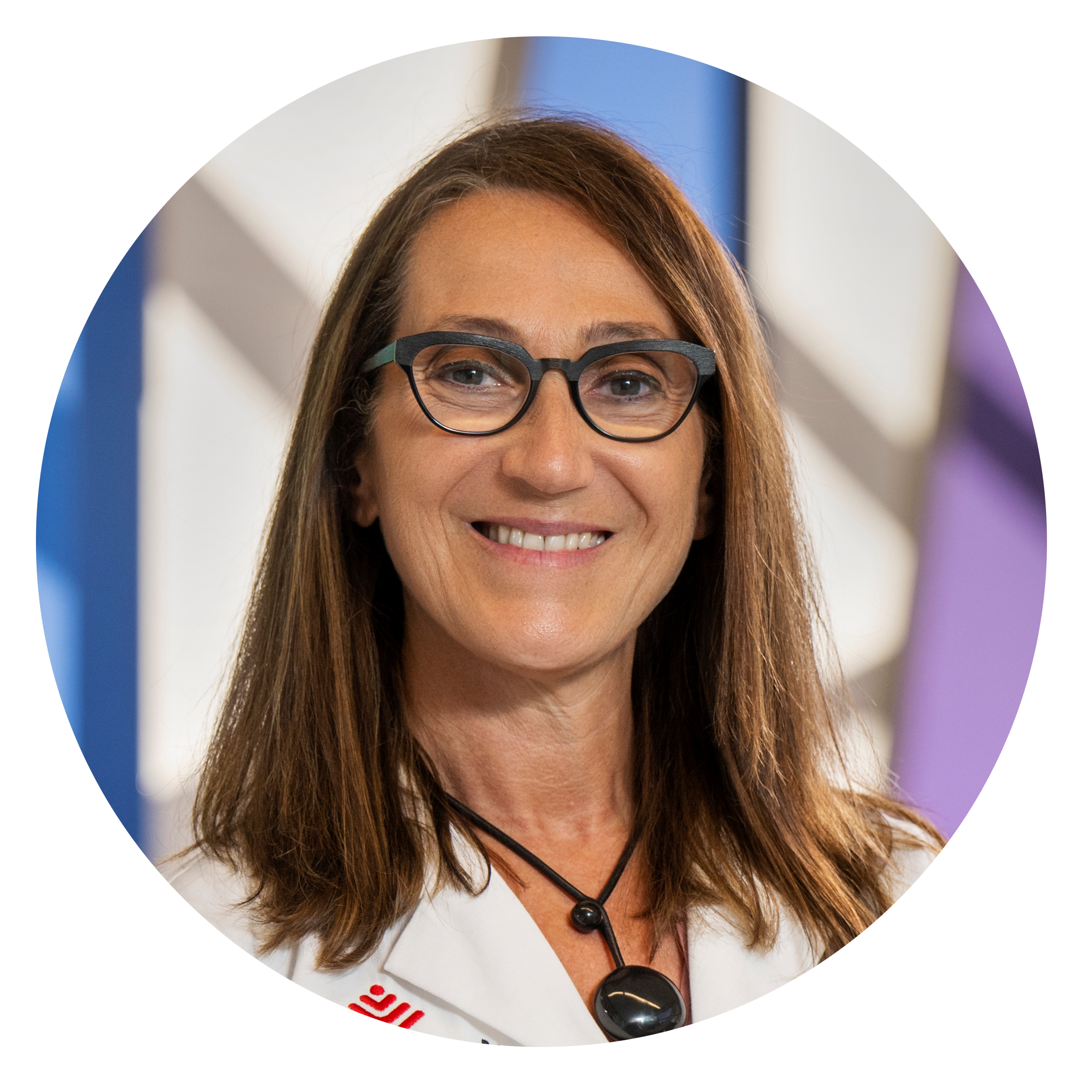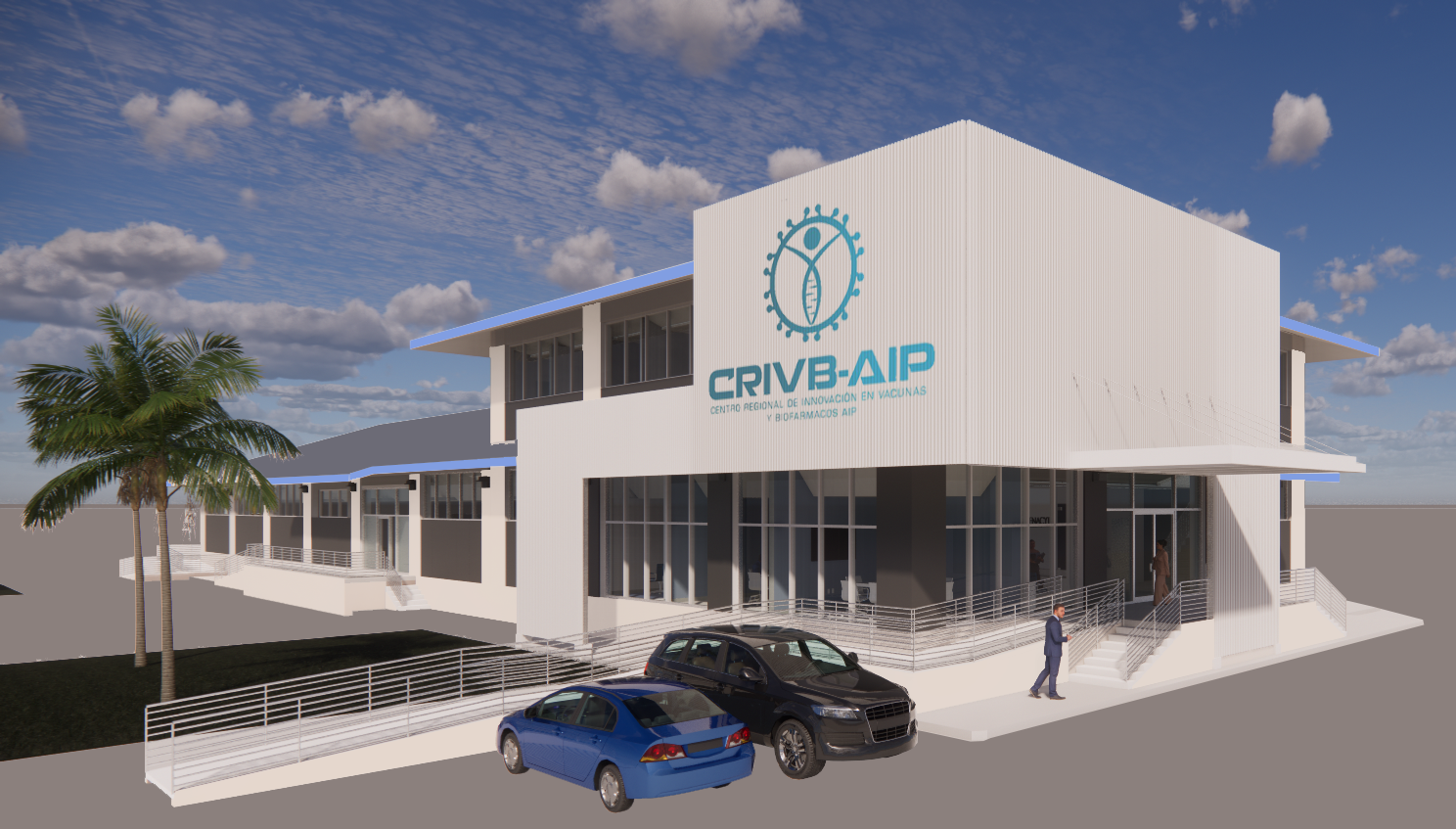Health Partner Insights is a continuing series where we tap the collective wisdom of our healthcare partners on current challenges, trends, and technologies.
 A conversation with microbiologist Maria Elena Bottazzi, Ph.D., Baylor College of Medicine professor, senior associate dean of the National School of Tropical Medicine, co-director of the Texas Children’s Hospital Center for Vaccine Development, and scientific consultant to Page.
A conversation with microbiologist Maria Elena Bottazzi, Ph.D., Baylor College of Medicine professor, senior associate dean of the National School of Tropical Medicine, co-director of the Texas Children’s Hospital Center for Vaccine Development, and scientific consultant to Page.
Bottazzi helped create the patent-free vaccine technology that led to the creation of Corbevax in India and Indovac in Indonesia, designed to be more easily and cheaply manufactured and distributed to speed up vaccinations in underserved countries. The vaccine technology became known as “the World’s COVID-19 Vaccine” and Bottazzi and Peter Hotez, MD, PhD., co-directors of the center for vaccine development in Houston, were nominated for the 2022 Nobel Peace Prize.
“Our team has worked diligently for years to bring appropriate and affordable health technologies to those who have been overlooked around the world,” Bottazzi says. “Science can be a means to peace by improving human health, happiness, and economic stability.”
 The Partnership: Page has a long history of partnering with Baylor College of Medicine on projects including research labs, and clinics, such as the Baylor College of Medicine Specialty Care Center, and with Texas Children’s Hospital on clinics, urgent care centers, dozens of expansions and renovations, and multiple greenfield hospital campuses, including a new Texas Children’s Hospital in North Austin. Bottazzi continues this good work by serving as a technical advisor for the modernization of Building 219, the proposed home of the new Regional Center for Innovation in Vaccines and Biopharmaceuticals in the City of Knowledge, Panama, for the National Secretariat of Science, Technology, and Innovation.
The Partnership: Page has a long history of partnering with Baylor College of Medicine on projects including research labs, and clinics, such as the Baylor College of Medicine Specialty Care Center, and with Texas Children’s Hospital on clinics, urgent care centers, dozens of expansions and renovations, and multiple greenfield hospital campuses, including a new Texas Children’s Hospital in North Austin. Bottazzi continues this good work by serving as a technical advisor for the modernization of Building 219, the proposed home of the new Regional Center for Innovation in Vaccines and Biopharmaceuticals in the City of Knowledge, Panama, for the National Secretariat of Science, Technology, and Innovation.
Three Things Research Scientists can do to Increase Global Health Equity:
1. Reach beyond the scientific community. Partners in health and vaccine equity can include hospitals, universities, biotech hubs, government agencies, community organizations. “I work with academics, clinicians, lawyers, architects . . . so many people outside the field of science,” Bottazzi says. “For more than 20 years, we created that mentality, building partnerships and bridging collaborations to bring basic scientific discoveries and medical technologies from bench to bedside, policy to implementation.”
2. Pay attention to cures for diseases that aren’t profitable. The diseases Bottazzi and her team are interested in afflict the world’s poorest. “Many of these diseases are neglected, so the medicines don’t have a lot of commercial interest—there’s not a market for them,” she says. “Products for poor people have to be heavily subsidized and end up being public goods, something governments support, not necessarily the private sector.” The vaccine center’s mission is to tackle these diseases of poverty.
3. Select a business model that doesn’t put up barriers. “This means limiting or removing intellectual property (IP) protection to incentivize collaborations instead of blocking them,” Bottazzi says. For example, their vaccine technology for COVID-19 has no IP rights attached. “The building blocks of the vaccine can be had for the price of a phone call,” she says. “Once produced, the vaccine can be provided to governments for far less than any other vaccine currently authorized. Our intent is to make science open, to decolonize the vaccine sciences by contributing equally with all partners.”
.jpg)
A Deeper Dive
Maria Elena Bottazzi was born in Italy and raised in Honduras, where she studied microbiology and clinical chemistry at the National Autonomous University of Honduras. A desire to work in public health led to graduate school in the US, where she received a doctorate in molecular immunology and experimental pathology from the University of Florida.
When she came to the Texas Children’s Hospital Center for Vaccine Development in Houston, Bottazzi and her team focused on creating vaccines against largely neglected diseases.
They began to investigate coronaviruses, developing vaccines for severe acute respiratory syndrome (SARS) and Middle East respiratory syndrome (MERS). “The coronavirus field had become neglected. Those are the projects we like—the ones people leave behind, where losing money is guaranteed,” Bottazzi says, only half joking. “Our vision is to fill that gap. So we said, ‘Let’s adopt the coronaviruses.’”
‘We Were Ready’
The Texas Children’s vaccine center team started coronavirus research in 2010, with modest funds: prototyping vaccines, creating partnerships, publishing. Then, of course, SARS-CoV-2 spread worldwide as a deadly global pandemic and coronaviruses were no longer neglected.
The team turned its attention to developing a patent-free COVID-19 vaccine technology. They were successful, in no small part due to the decade of R&D that had come before the pandemic. “We recognized this was another coronavirus,” Bottazzi says. “Scientifically, we were ready. We had 10 years of lessons; we jumped in and adapted and restructured. We had a prototype vaccine in less than three months.”
The vaccine technology is based on a recombinant protein, a traditional technology that has been used for decades in well-established vaccines.
“It’s a much cheaper process than the messenger RNA technology that Pfizer or Moderna used,” Bottazzi told NBC News, during the flurry of media attention the Nobel nomination generated. “We chose the most scalable, reproducible, and stable method, with a yeast cell that ferments, and coded it to produce the COVID-19 proteins. That means, with a yeast system, you don’t have any animal derivatives — everything is synthetic. In addition, anyone can replicate it and collaborate with us."
As health equity advocates, Bottazzi and her team focus not on patents and IP protection but alliances and partnerships. “The challenge was to build political will and interest. We looked at the global landscape and found several partnerships that led to our success.”
One was a manufacturer in India they had worked with on other vaccines. There was also great interest from Indonesia, a majority Muslim country whose beliefs required a vaccine that has no animal-derived products or human cells. “Our vaccine is made in yeast, considered vegan, and it garnered halal certification, so it is the first halal vaccine for COVID-19,” she says.
Indeed, the “world’s vaccine” is already in global distribution: 100 million doses have been delivered to India and Indonesia, with millions more planned.
 Accessible to All
Accessible to All
Bottazzi believes unflinchingly in open access. “We push everything out into the public domain,” she says. “We publish everything, present our findings and methods at scientific meetings, and meet with any potential partners: ‘Here we are, this is what we do, this may be in both our interests.’ ”
The team shares high-level information about its biomedical innovations such as vaccines and teaches others the nitty-gritty of how to create, produce and test them, while maintaining quality control.
“We publish exactly how we make our vaccine prototypes so others can reproduce or test them. We don’t go into a country, do the studies, then leave,” she says. “We bring local staff into the process, transferring knowledge and practical strategies and codeveloping the product with them. We adapt our work to fit their cultural needs and requirements.”
Bottazzi is always searching for organizations with the same vision: global health equity through affordable and accessible therapeutics, vaccines, and technologies: “Our work is anchored in science but with a lot of diplomacy and cultural intelligence around it. And we never stop. With variants arising, we’ve developed a variant vaccine prototype. The company in India is now working on a bivalent vaccine. And we are advancing further with the concept of a universal coronavirus vaccine that addresses all the variants and other coronaviruses as well.”
Receiving the Nobel Prize nomination, Bottazzi says, was “a bit mind-blowing. It was a validation of the work we do. Most Nobel Peace Prizes tend to be given for human rights, not the sciences. To acknowledge that science can lead to health, which leads to prosperity and, therefore, to people living in a peaceful world—it’s amazing.”